Take your mobile photography to the next level
We spoke to a few amazing Unsplash contributors about shooting on mobile.

At Unsplash, we’re big believers in the open photography movement. We think that creative expression should be accessible to everyone, not just to those who can afford professional tools and equipment. Which is one of the reasons that we find the mobile photography movement so exciting. As our smartphones and tablets continue to improve and become our go-to creative companions, we’re seeing more people than ever working to democratize creativity and push the boundaries of what’s possible with photography.
So when you take away the sophisticated cameras and coveted lenses, what makes a good photograph? Well, we caught up with a few of our favourite mobile photographers on Unsplash and asked them. From their thoughts on the movement as a whole, to a few top tips on how to improve your own mobile photography — check out their answers below.
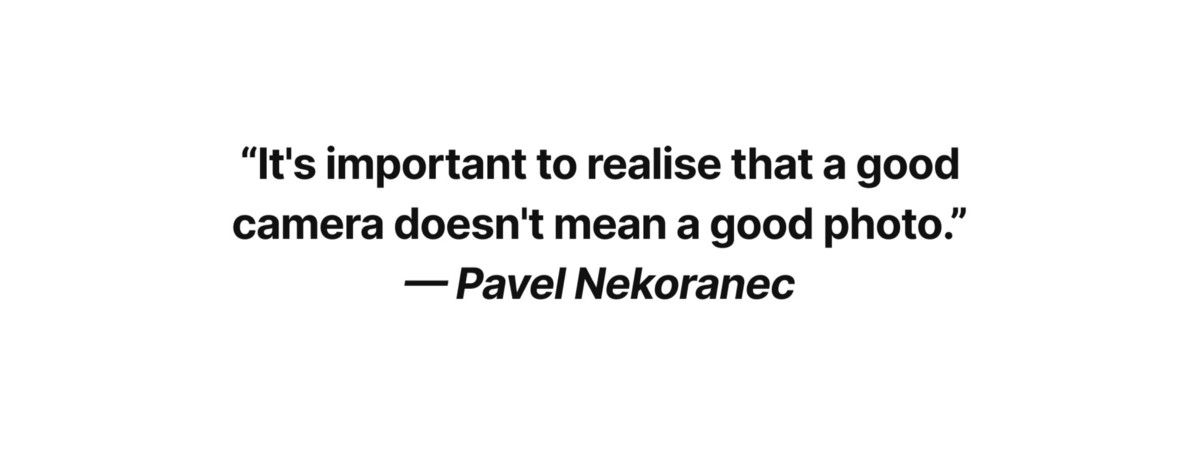

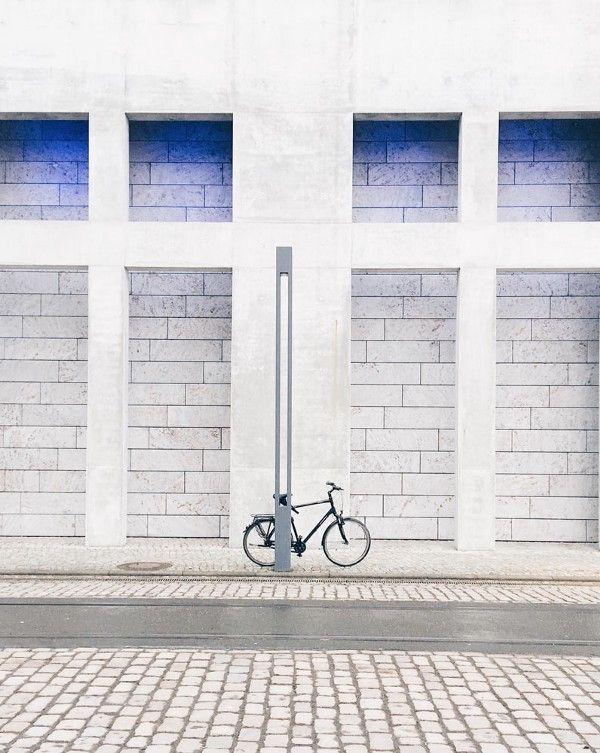
On getting started with mobile photography
The shift from conventional cameras to mobile photography happened quite naturally for Mika Korhonen. “When my mobile shots started competing with the ones I was taking with a normal camera — it motivated me to shoot — and practice — on mobile more,” he explains. “I guess the transition happened for me at the same speed that the phones I’ve owned have gotten better.” His go-to phone now when it comes to taking pictures? The OnePlus.
Marcus Lenk cites circumstance as the main reason for opting to shoot on mobile. “I planned a month long trip to New York and didn’t have a camera as I wasn’t into photography at that point,” he explains. “My iPhone was the only gear I brought. And in the end the trip ended up turning photography into a real hobby of mine.”
Valik Chernetskyi — is shooting more and more on his Samsung Galaxy mostly because of the convenience. “Your phone is always right on hand, so it’s easy to capture interesting moments as they happen,” he says.
For Eugene Zaycev, the turning point came back in 2009. “I fell in love with the Nokia E72’s 5mpx camera,” he says. “It was a really big ‘wow’ moment for me.” While he’s now upgraded to a Pixel 2, he still likes that “what you see is what you get” when it comes to mobile photography.
Pavel Nekoranec, shoots on the iPhone X because of convenience and affordability: “I don’t need to invest that much into mobile, equipment, and learning how to use the camera on my phone.”
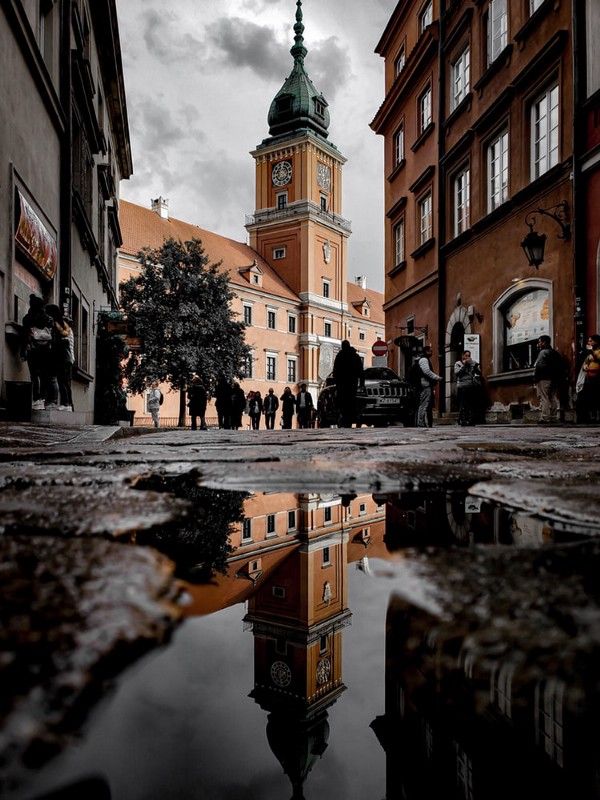
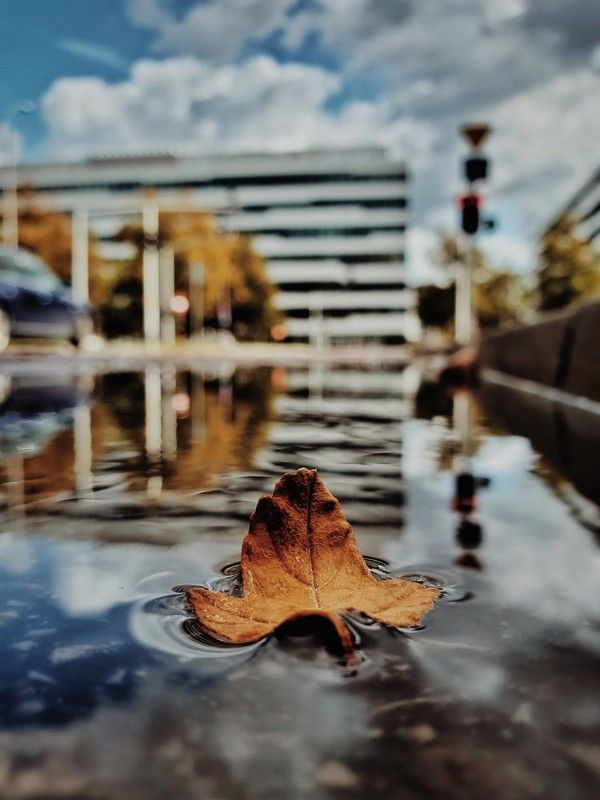
The differences between mobile and ‘conventional’ photography
Pavel: I see both mobile photography and conventional photography as two different mediums. Mobile also has certain limitations in quality and format, which changes the style and ideal subject matter. For example, I prefer to take urban and street photos on my phone, rather than portraits of people or night photos.
Eugene: A mobile phone is more compact and easier to take anywhere you want and once you see something worth capturing, you just take it from your pocket and shoot.
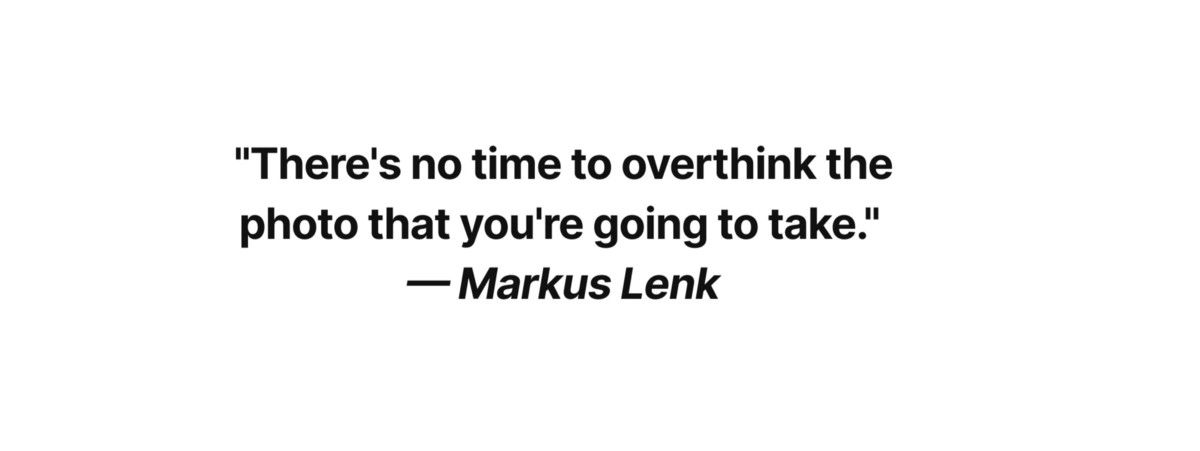
Mika: I would say that fundamentally — photography is about the same things, no matter which device you use. Even so, I would say the biggest difference for me is that I have a phone with me everywhere I go. Another would be the technical limitations of smartphone cameras — in particular, the lack of control of depth of field. That’s why I like to shoot landscapes and architecture shots on mobile, while I use a DSLR for portraits.
Marcus: If I plan to go shoot with a camera, I usually have a plan on where to shoot, if the light / spot / frame will be good. Whereas with mobile, the shots are sometimes really spontaneous. There’s no time to overthink the photo that you’re going to take.

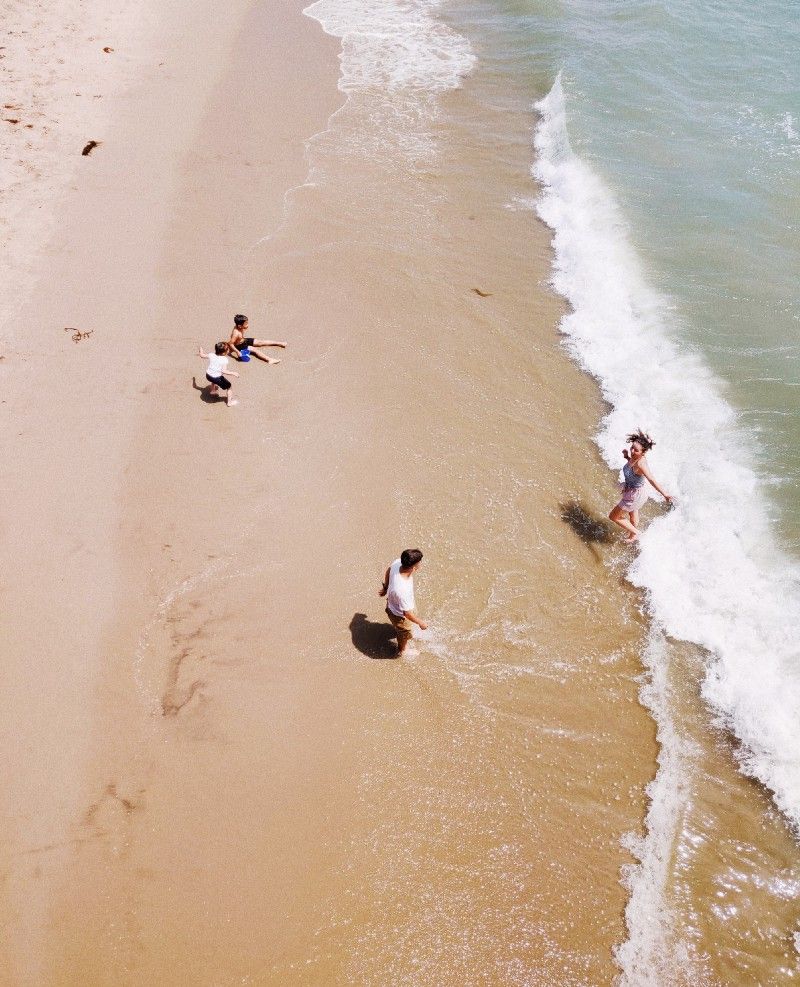
Tips on how to improve the photos taken on your phone
Pavel: I think that for anyone who wants to start taking good photos on mobile phone, it’s important to realise that a good camera doesn’t mean a good photo. In my opinion it is important to learn first about the history of photography and visual culture, I always recommend people read “Understanding a Photograph” by John Berger. This book will help anyone to learn how to look at the world. Then it is important to learn about all the hardware and software of your mobile phone and experiment. There are lots of great tutorials and tips on YouTube. And the same goes with postproduction.
Valik: My advice for beginners is to try shooting more, that is to try different ways of shooting on the phone, different modes, and especially the pro mode. The main thing is not to be lazy and to actually spend more time on your hobby.
Mika: Take advantage of the convenience of mobile photography and keep your eyes open wherever you go — commuting, jogging, shopping, you name it. Most of my best mobile photos have been taken in completely unplanned situations, I just happened to see something interesting. But when you take the phone from your pocket, don’t just quickly snap a photo. Instead, take a moment to think. What is the optimal cropping? Zooming usually isn’t an option with a phone on so you may need to move a few meters. How would it look from another angle? Should I wait a few seconds for that car to move? Quite often good photos can be great with some work — and that’s the part many people skip.
Marcus: People need to lose this thinking of “better camera, better photo”. Smartphones these days have so much potential when it comes to taking pictures. Go out, take some pictures of stuff you like whether that’s portraits, street or architecture and have a look into the footage after. You’ll be surprised by how great some can turn out when you look at them on a desktop (bigger scale) for example.
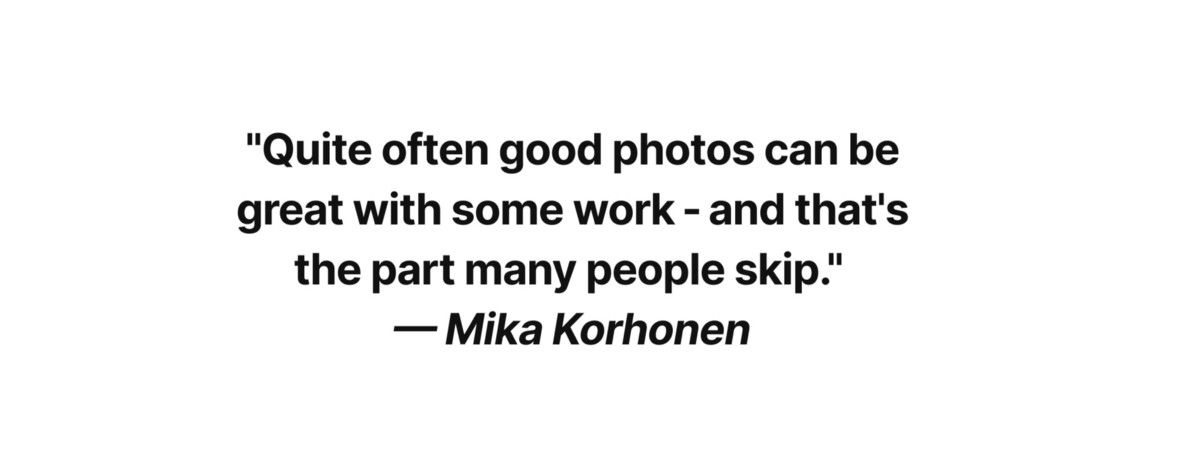
Eugene: Found a view that takes your breath away? Take pictures of it as much as possible from different angles, play around with all the options on your camera app and select your favourites.
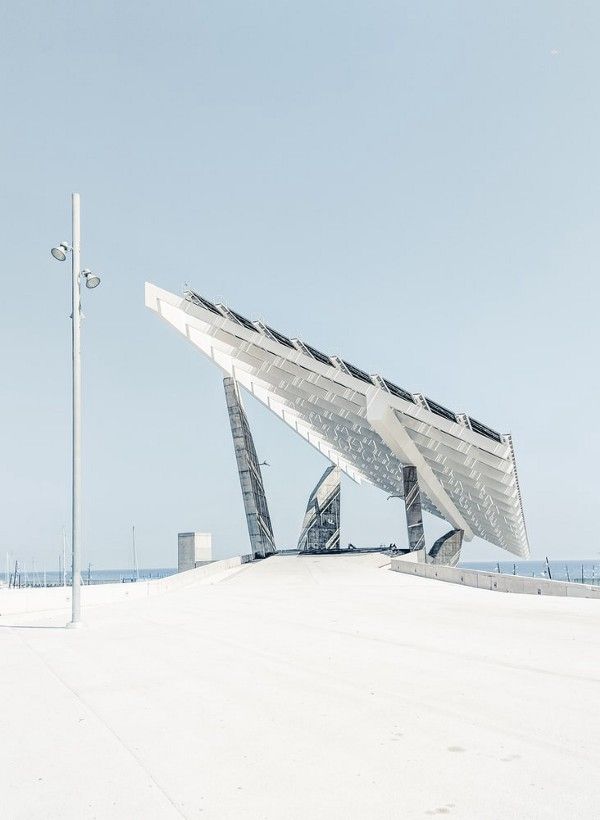

Thoughts on the mobile photography movement
Mika: I love how photography as a form of art has become accessible to almost everyone.
Eugene: Community. If you are excited about photography you’ll find a lot of friends who will share their passion with you.
Pavel: I think that the current era is exciting, in last two years, the hardware of the new flagship mobile phone didn’t change as much, so the companies are focusing on improving the cameras. As far as I’ve seen, the photos on new phones are amazing quality. And the market for great gadgets and tools for mobile photography is currently booming as well. People can buy and experiment with different lenses, filters, gimbals and so on.
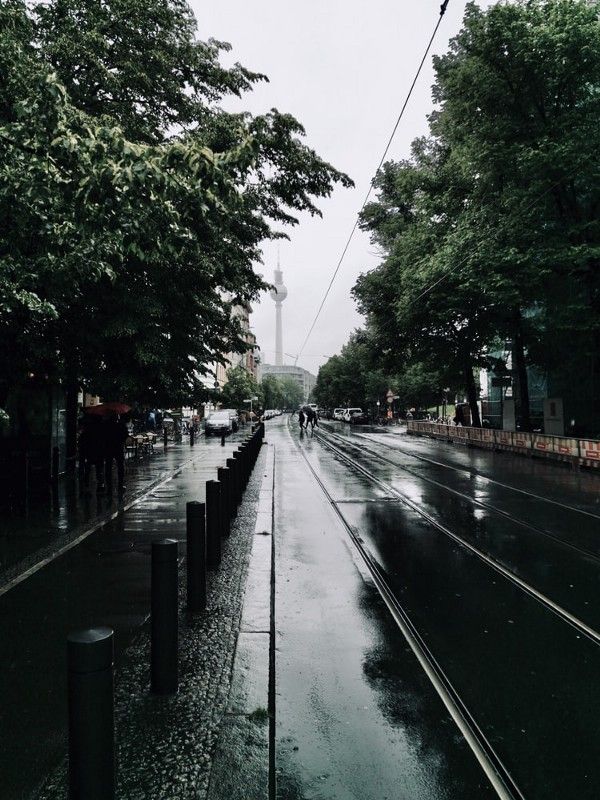

The best of mobile photography
At its best, mobile photography represents accessibility, ease and spontaneity. And with the technology continuing to advance, it’s becoming easier than ever to pick up your phone and take pretty amazing pictures. For instance, Marcus tells us,“My favourite shots on mobile are the ones that make people think ‘you shot this with a smartphone, no way!?’.” Plus, you can now upload your latest shots straight to your Unsplash profile with a few quick taps using the Unsplash iOS app.
And while your smartphone won’t be replacing a conventional camera any time soon — Mika reminds us that “it’s not the technology inside the camera, but the beauty outside that matters most.” So you don’t have a fancy camera? Don’t let that stop you from going out and experimenting with photography.
